What It's Like Refueling With Hydrogen

As I readied myself for a day behind the wheel of Hyundai’s 2015 Tucson Fuel Cell hydrogen powered crossover, it was brought to my attention that I would first have to fill its fuel reserve.
That meant heading out to one of the few hydrogen filling stations currently located in North America, which in my case was the Powertech filling station located in Surrey, British Columbia, Canada.
SEE ALSO: Hydrogen Cars and Who is Making Them
Well as it turns out, filling up a vehicle with hydrogen isn’t any more dramatic than filling one up with gasoline or diesel. Safety concerns are real when refueling with hydrogen, but every safety precautions ensure trouble-free refueling.
Standardized and Controlled
Most hydrogen pumps in North America conform to pressure and fueling speed protocols set by the Society of Automotive Engineers (SAE) J2601. It takes into consideration factors that include the starting pressure of the vehicle’s tanks, the outside ambient temperature and so on. Although this standard isn’t law quite yet, it will be in the future.
The hydrogen pump “talks” wirelessly to the vehicle through a receiver. The pump monitors the fuel tank’s temperature, pressure and fuel level. The actual pressurized hydrogen that’s fed into the car is super-cooled to between -27F and -40F. That means the pump handle becomes cold during the fueling process, but the process is similar to that of a gasoline fill up other than that.
Filling Up Made Simple
The hydrogen pumping station looks similar to a regular fueling station except for the giant touch screen on the center of the pump. Two different fuel hoses were set up on the Powertech pump, rated using a measurement of pressure known as bar. A 350 bar nozzle on one side for older hydrogen vehicles and a more powerful 700 bar hose for vehicles like the Hyundai Tucson Fuel Cell.
From empty, the 700 bar is designed to fill up both of the Tucson’s fuel tanks in just three minutes. Although this can be a bit harsh on the equipment, this time frame was established to show consumers that hydrogen powered vehicles can refueled just as quickly as gasoline vehicles. Even if fill-up speeds were dialed back to a more equipment-friendly five minutes, it’s still far quicker than waiting for a stage three charger to repower an electric vehicle.
It’s Like Pumping Gas!?!
Upon arriving at Powertech, I parked the Tucson in front of the hydrogen pump. I picked up the fuel nozzle and attached it to the Tucson. Since this is pressurized fuel, the nozzle actually attaches to the vehicle instead of just sitting in the fuel neck. A simple click and twist and the coupling is complete.
Next I enter a PIN on the touch screen and select the fueling process to begin. PIN’s are given to authorized users of the hydrogen pump since the fuel is free right now and, as I mentioned earlier, can be very volatile if not handled properly.
Once the PIN is accepted, the pump whirls to life and high-pressured hydrogen begins to flow into the Tucson. At any time during the fill-up, if something goes wrong I can hit an emergency stop fueling button on the touchscreen. If that doesn’t work, there is a mechanical red emergency stop button attached to the pump, just like at your local Exxon or Shell station.
Could This Be the Future?
Even if hydrogen somehow manages to escape through the various emergency valves built into the fueling hose, it dissipates into the atmosphere so quickly that a catastrophic incident is very unlikely. Still, smoking during refueling isn’t recommended. No duh.
Once the Tucson was filled up, a message on the touchscreen said it was filled up and to click finish. I then returned the nozzle to the holster on the pump and I was done. Simple as that, refueling a hydrogen powered vehicle is like driving one – remarkably similar and lacking in any complicated technological drama. Hydrogen fuel cell power may have a bright future if a proper infrastructure can be built. Of the current alternative fuel sources, it requires the least amount of consumer behavior change – something that will be critical to any new technology’s success.

A 20+ year industry veteran, Mike rejoins the AutoGuide team as the Managing Editor. He started his career at a young age working at dealerships, car rentals, and used car advertisers. He then found his true passion, automotive writing. After contributing to multiple websites for several years, he spent the next six years working at the head office of an automotive OEM, before returning back to the field he loves. He is a member of the Automobile Journalists Association of Canada (AJAC), and Midwest Automotive Media Association (MAMA). He's the recipient of a feature writing of the year award and multiple video of the year awards.
More by Mike Schlee



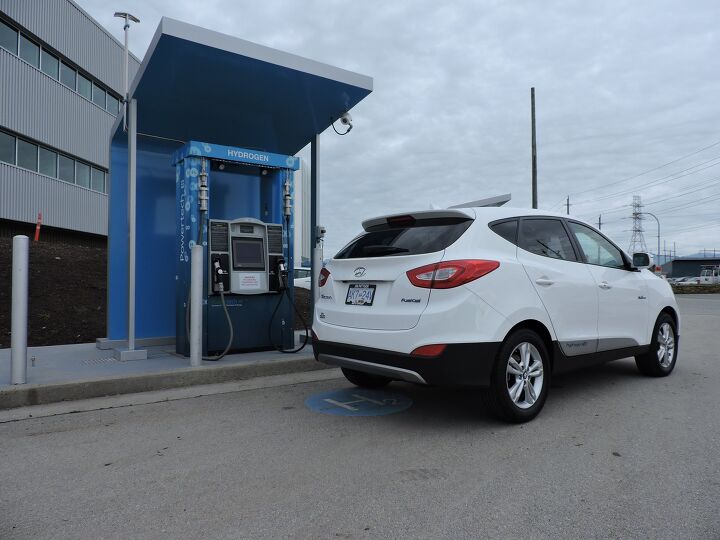
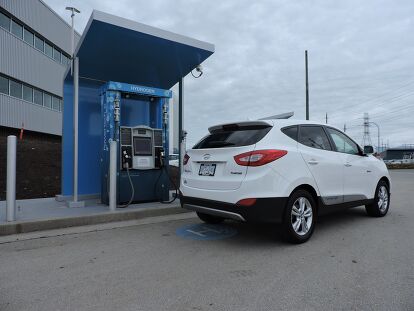

































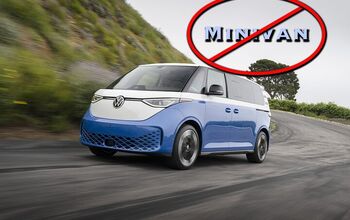


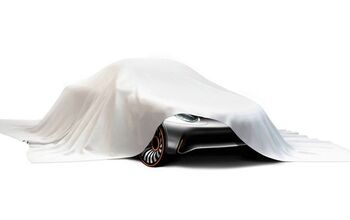



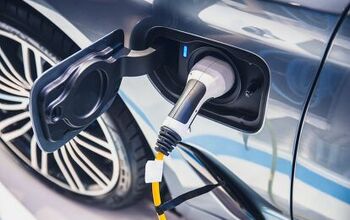






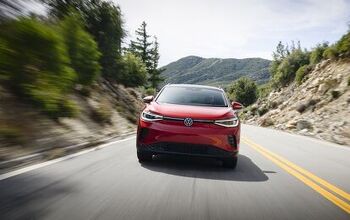
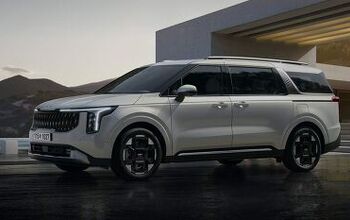


Comments
Join the conversation
That screen says a nozzle pressure of 7641 psi pressure. And we all know there's more than enough idiots in the USA alone to screw that up and explode a tank or pump.
I think money and time would be better spent on electric. Right now it takes longer to charge an EV, but that won't be the case in the near future and nearer still if the commitment is there. Kudos to all the companies for trying alternatives to fossil fuels, but I think we need to move away completely from burning any type of fuel and shift our way thinking. If that makes some people uncomfortable than so be it. The big picture, why we're embracing alternative energy sources to power our rides in the first place is the damage we caused and continue to cause by burning fossil fuels. So if that creates some consumer behavior change than I think people should just suck it up. It's the least we can do. I also agree with McStupid's sentiment, someone somewhere will find a way to screw this up no matter how many safety precautions are in place, its not only human nature, its Murphy's Law.